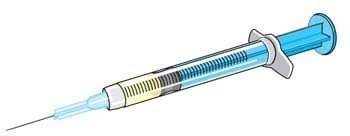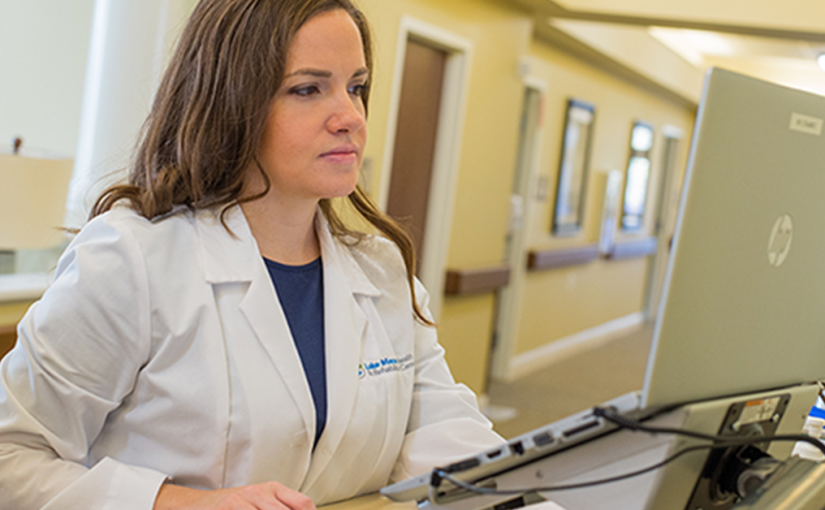In February, the Centers for Disease Control and Prevention (CDC) posted the
updated ICD-10-CM code files to address revisions to the
ICD-10-CM Official Guidelines for Coding and Reporting and other typographical errors. These updates are effective April 1, 2025. There are no new ICD-10-CM codes effective April 1, 2025.
While there are no new codes, there is a significant update to the guidelines for coding COVID-19. The guidelines are a set of rules that have been developed to accompany and complement the official conventions and instructions provided within the ICD-10-CM itself. Adherence to these guidelines when assigning ICD-10-CM diagnosis codes is required under the
Health Insurance Portability and Accountability Act (HIPAA).
The following changes are noted in the guidelines for coding confirmed cases of COVID-19, effective April 1, 2025:
- Code only a confirmed diagnosis of the COVID-19 (U07.1) as documented by the provider (physician or other qualified healthcare practitioner legally accountable for establishing the patient’s diagnosis). The current guidance that documentation of a positive test alone represents a confirmed diagnosis will no longer be in effect beginning April 1.
- For asymptomatic residents who test positive for COVID-19, query the medical provider as to whether the resident has COVID-19. The guidance notes that false positives are possible, and it is the medical provider’s responsibility to confirm and document a diagnosis.
This will result in a significant change for which residents will have the code U07.1 added to their medical records beginning April 1, 2025. These changes, however, do not impact NHSN reporting at this time. We will continue to monitor for any changes to NHSN reporting in the future and will provide updates if and when appropriate.





